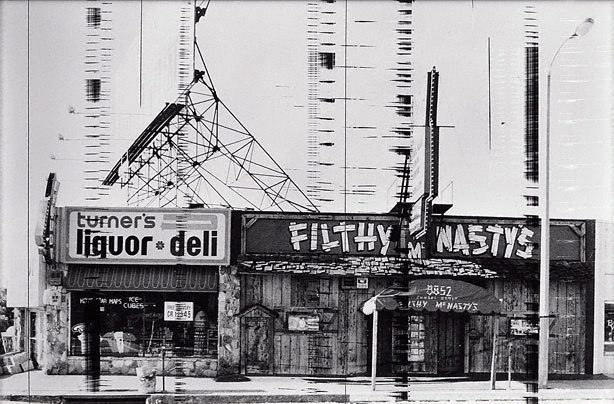"bad" photography
Contemporary photography emerged from performance art over a period of time from the early 20th century onwards. Traditional art gave way to the experimental and avant-garde, and photography served to upset the art world as the surrealists such as Man-Ray, and the dadaists such as John Heartfield, created photo-collages, “rayographs”, photomontages, “readymades”, and other creative photographic experiments. Such works began to build the bridge between photography and art. By the end of the 1960s, there was a dissipation of art’s most hallowed forms - painting and sculpture. Artists working at this time began to reexamine the way they thought about and made their work. As these artists looked for new ways to document their performances and other time-based artistic activities, photography found itself with many new practitioners. The artists of this time were attracted to photography because of its inherent ability to look plain, ordinary, uniform, and functional. These previous aesthetic traditions of painting and sculpture held great importance in "craft skill", something which prior to this, had been a defining factor in the making of a “good” photograph. This method of photo making had been disregarded almost entirely in order to allow photography’s function to objectively record in a vernacular way prevail. “Performance became the new sculpture and photography was it’s handmaiden”
[...] focus shifted from the final finished product to the idea or process of creating or recording, the camera served as a “quasi-mechanistic means of image making in order to disrupt the position and status of the precious unique and hand crafted art object”.*
[...] focus shifted from the final finished product to the idea or process of creating or recording, the camera served as a “quasi-mechanistic means of image making in order to disrupt the position and status of the precious unique and hand crafted art object”.*

Ed Rusha was a painter who turned to photography, but practiced this kind of photography that attempted to reject art. Ruscha wanted to use the camera only as a recording device, an object that can collect data. Every Building on the Sunset Strip is the perfect example of this emerging kind of anti-art photographic practice. The dead-on images which were made by mounting a camera on a tripod in the back of a pick up truck, do call to mind a kind of Becher aesthetic sensibility, but as they were not made with artistic intent, take on an almost amateur looking quality. The photographs may be nothing more than snapshots, yet this work pioneered by Ruscha completely revolutionised photographic art and reinvented the genre of the artist book. By attempting to make a work that rejected all that traditionally made up photographic art, Ruscha basically reinvented what an art photo could be.


*excerpt from the introduction of my BA Thesis 'Contradictions: Image and Text in the Work of Sophie Calle'
Comments
Post a Comment